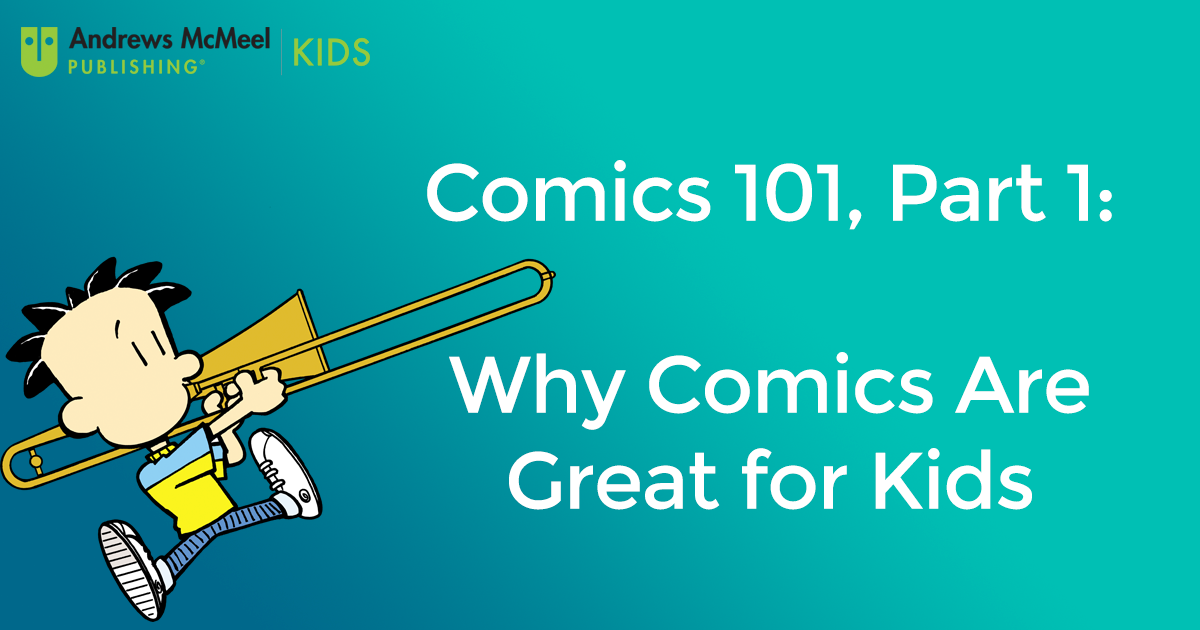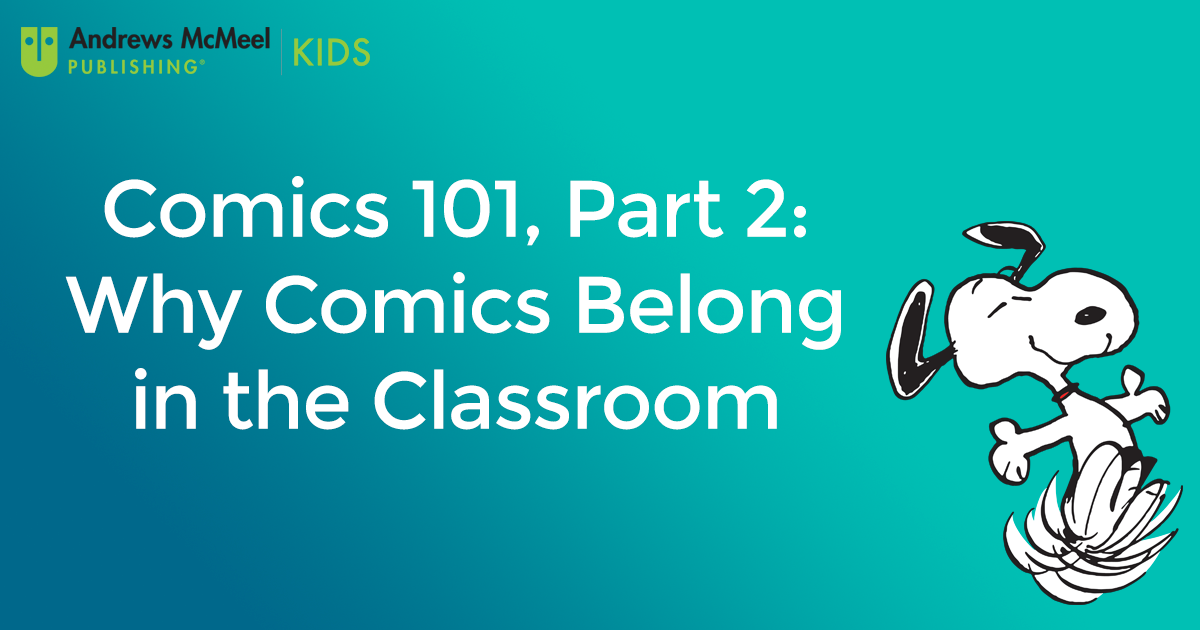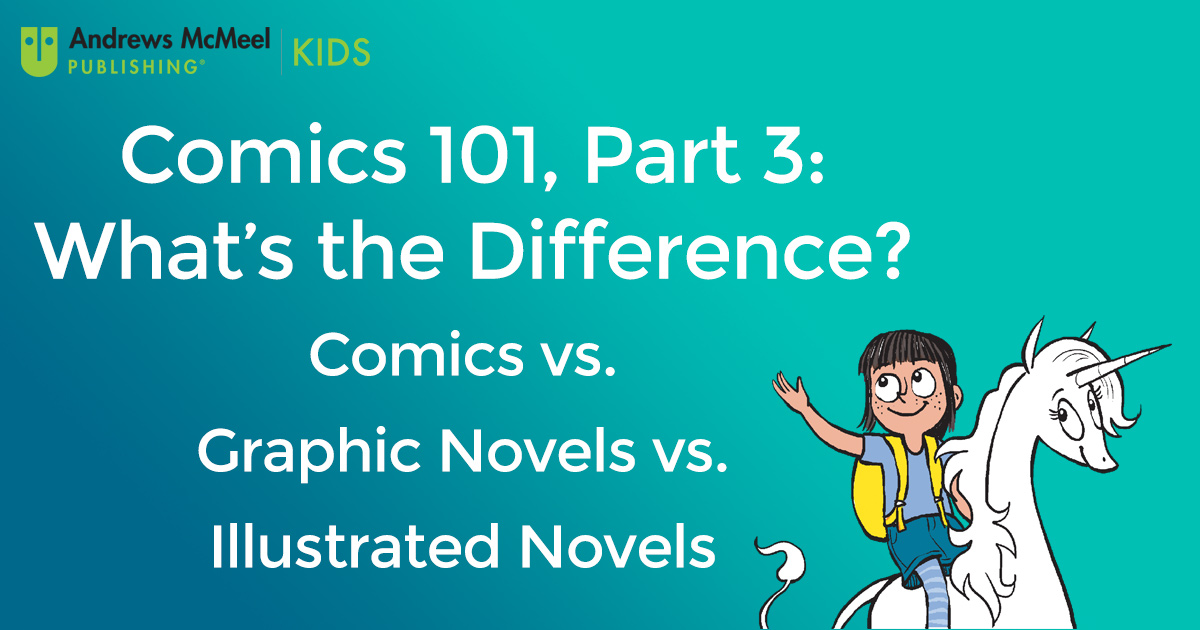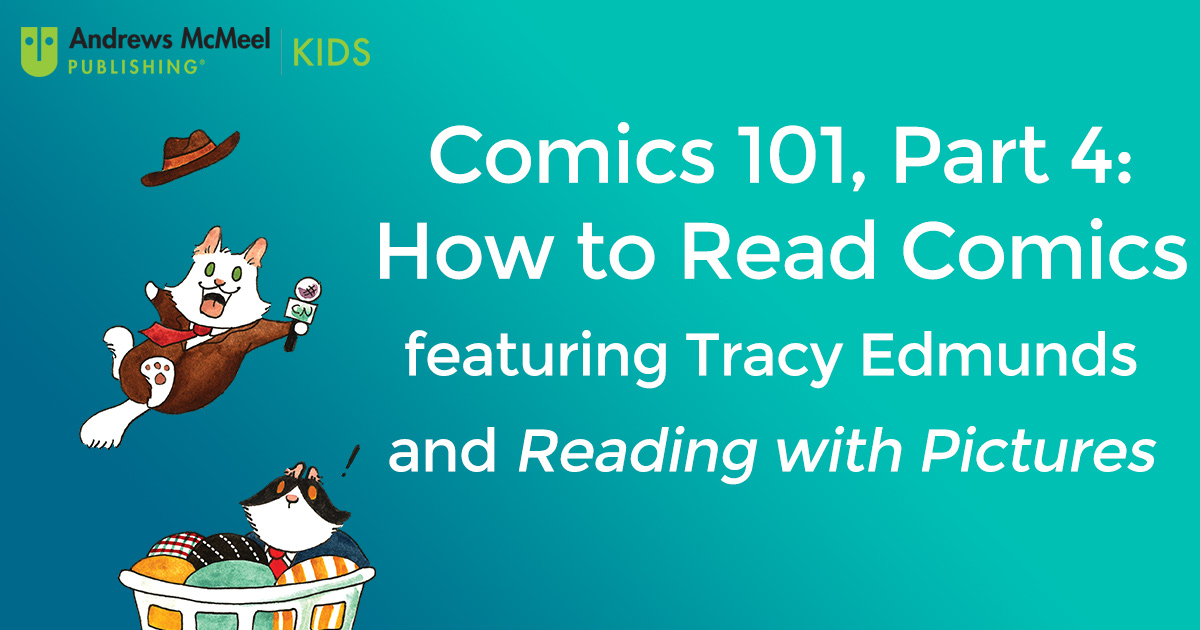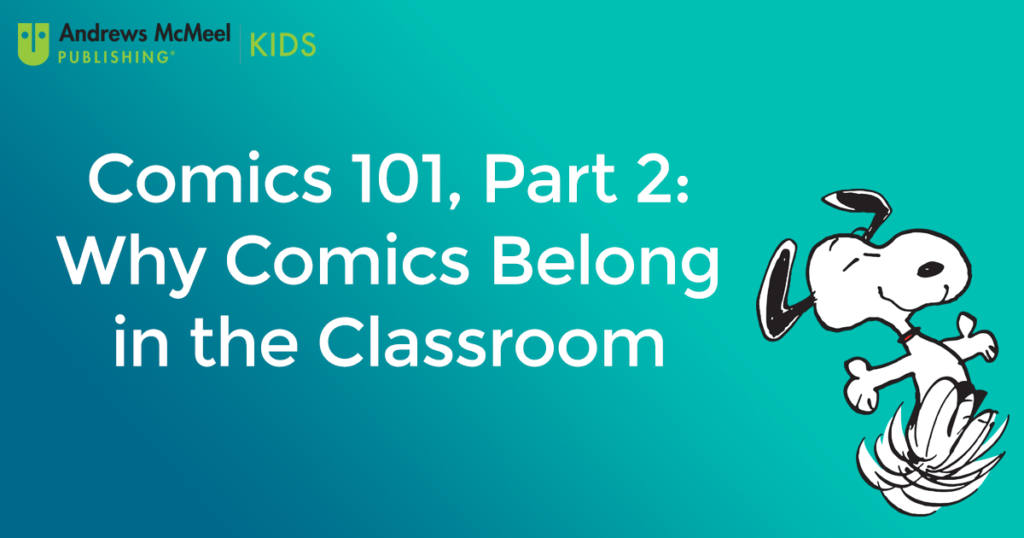
People love comics. Kids do. We do. Even the American Library Association does. And why wouldn’t they? Comics rule. If you’ve been following our Comics 101 series, you already know why comics are such powerful tools for getting kids into reading, but big deal, right? Kids love a lot of things. Not all of them are educational.
Is it really such a good thing that kids are reading so many comics? An overwhelming amount of research says yes!
Studies Say: “Comics Are Great!”
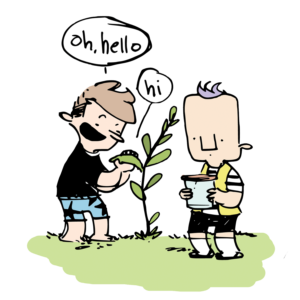
From Wallace the Brave
Picture this: two groups of kids reading about the same subject. One group gets a textbook. The other gets a graphic novel. It won’t shock you that one group is having more fun than the other, but what came as a surprise to researchers at the University of Oklahoma was that in their study, the students using the graphic novel showed a significant improvement in content retention over the students using the traditional textbook.
“In my early years of teaching middle school, comic books were on the back reading shelf for the kids who had finished their ‘real reading,’” reminisces pedagogical expert and author Lynette Brent. “Though with a wide variety of topics from classic literature to standards-based content, today’s graphic novels aren’t ‘extra reading,’ but are instead a powerful core to best-practices teaching.”
Reaching Reluctant Readers
Comics can be educational for all students, but they’re especially helpful for struggling readers, special-needs students, and English-language learners who rely on visual aids to develop readings and writing skills. For these students, books can be frustrating and might feel impossible to finish. Comics play to their strengths, and as kids comfortably absorb their exciting stories, they grow into enthusiastic, confident readers!
While comics are at the cutting edge of education, none of this is really a new concept. For over 25 years, Garfield creator Jim Davis has been hearing from kids who learned to read by following one famous orange cat’s misadventures in newsprint. When we learn from comics, it doesn’t feel like homework, it just feels like fun!
Comics as an Educational Frontier
Literacy scholars are already calling our era “the greatest communication revolution of all time.” Just let that sink in. Of all time. That includes the 15th-Century invention of the printing press, whose successors have relieved us of writing all of our holiday greeting cards by hand. Emojis, PowerPoints, and other digital text/image combos have changed communication more than printing itself. The message is clear: Modern writers must be fluent in both words and images in order to effectively communicate.
In 2016, the U.S. Library of Congress named Gene Luen Yang the National Ambassador for Young People’s Literature, making him the first graphic novelist to be honored with the position. If the actual Library of Congress (arguably the crown jewel of U.S. Libraries) isn’t enough to convince you comics are more than just an afternoon distraction, Yang is explicitly recommending their use in school. That’s right. Once upon a time, we had to smuggle comics in behind textbooks, and now they’re side-by-side on the syllabus.
Yang recently took to the stage at ALA’s annual conference to emphasize the impact comics can make on a 21st-Century learner. In the “post-computer age,” Yang explains, we no longer just think and communicate via text (contrary to what a teenager’s phone bill may lead you to believe). Because of computers, we now interact daily with combinations of text, image, video, and sound. Text alone is no longer the default and probably never will be again. Comics, a multimedia product by definition alone, make the perfect medium for learning how text and image can work together.
Comics are coming to the classroom, one way or another, and when we embrace them, amazing things can happen. Check back soon for more Comics 101!

